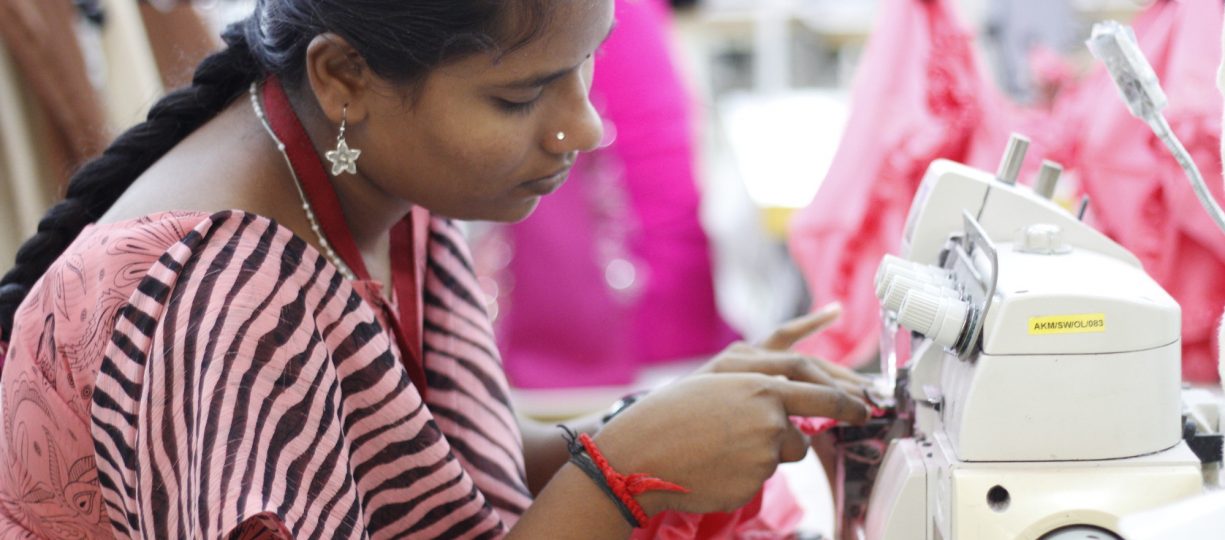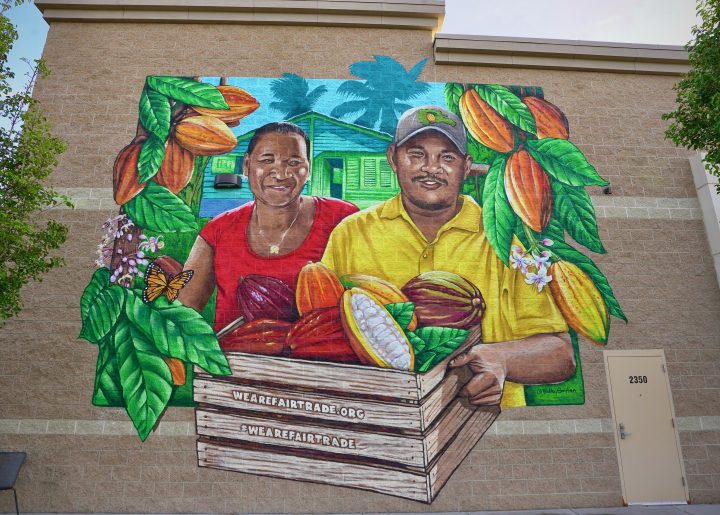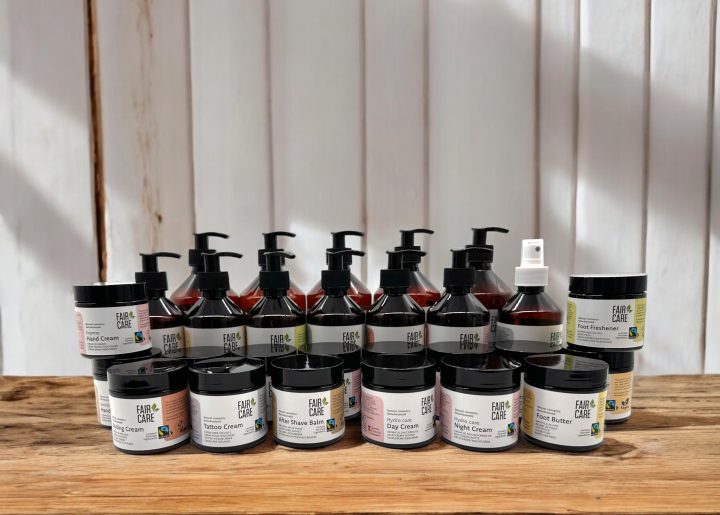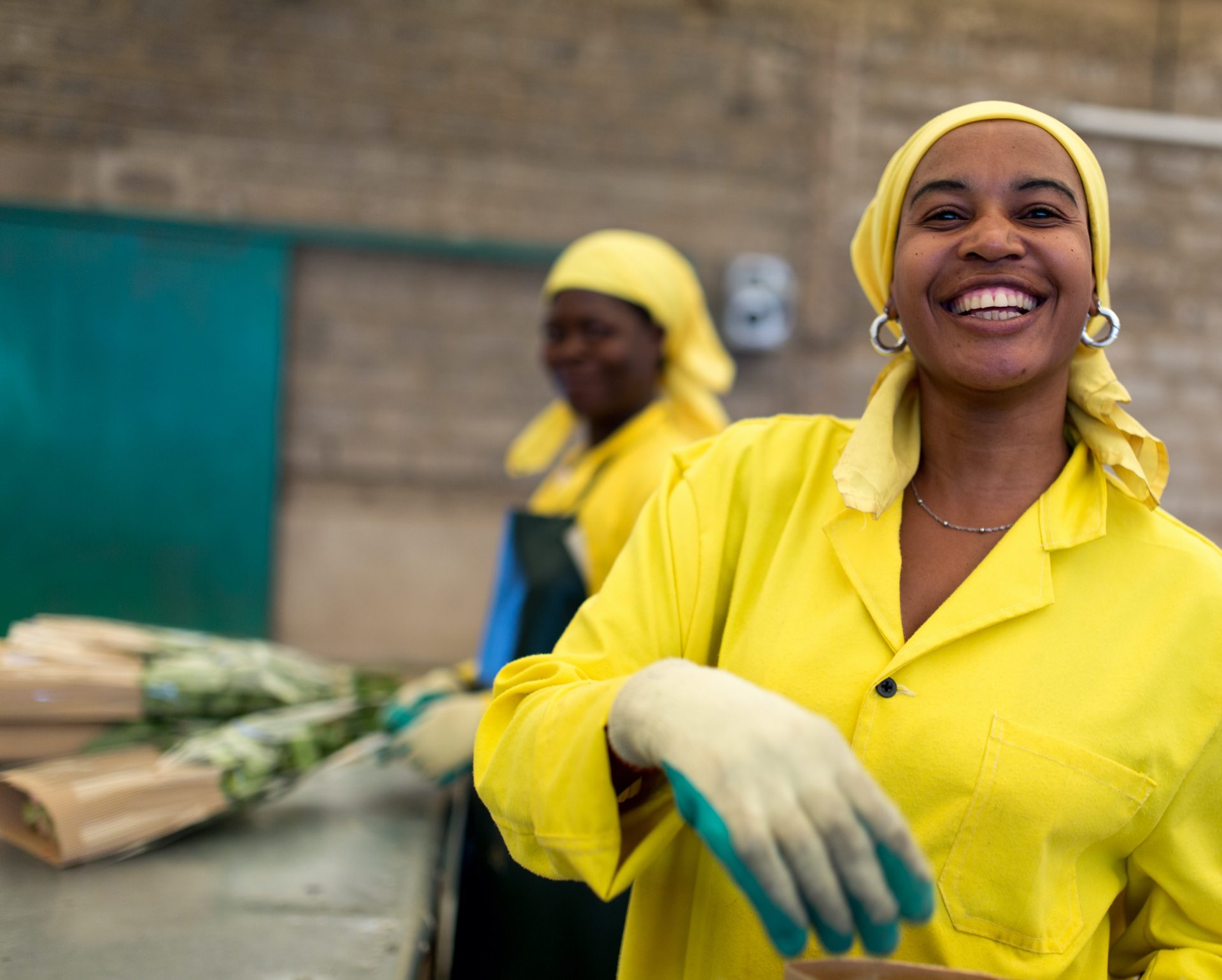Transparency, Responsibility, Change, Revolution

Each year on the anniversary of Rana Plaza, civil society, advocates and consumers sing these words in hopes of ending human rights abuses that plague global supply chains. As a member of civil society and an advocate for greater transparency, responsibility and a revolution, these words speak to me as well.
It is now three years since the Rana Plaza tragedy that left more than 1,130 dead and 2,500 injured; yet despite promises nothing close to a revolution has manifested. Yes, some governments have passed transparency requirements, brands have committed to supply chain traceability, countless tools have been invented to bring supply chain information to the market, but for all of this momentum, change feels minimal. Hazardous working conditions still exist, living wages are not standard, and workers’ right to organize remain limited. With our current understanding of the risks that led to Rana Plaza, it seems that the conversation has become mired on one idea – Transparency.
Supply chain transparency plays an undisputed role in identifying risks in supply chains, but it is only one tool, and many are still needed to move us forward towards a true Fashion Revolution. Well-documented supply chain data in itself does not change working conditions; alone it only can bring awareness to both the brand and consumer of the conditions and risks that are present.
But when we apply this information to create a solution, change can move forward. Transparency has brought us to an important place where we can identify common root causes of hazardous working conditions, but we need to continue the conversation beyond transparency.
Recently Fairtrade International released its Textile Standard, and although not a silver bullet, I believe that this Textile Standard – one of the only approaches that covers the entire supply chain – presents important actions for making supply chains fair. Like most other textile initiatives, the Fairtrade Standard was built off of ILO conventions and international norms, it includes transparency requirements, and calls on producer to pay a living wage within six years of implementation (the only standard to put a requirement on living wages).
However, the most interesting piece of the Standard (and often overlooked) is the obligations it puts on the brands. Brands, as registered partners of Fairtrade, are also held to the Standards’ criteria, something they are not usually called upon to do. Brands must commit to long-term relationships and fair purchasing practices, including paying suppliers prices that will allow them to pay out a living wage.
The Standard not only requires brands and suppliers to outline these terms in their contracts, but these commitments will also be directly identified in the contracts that brands will have with Fairtrade, acting as another pressure point on brands to keep their commitments to suppliers. Fairtrade will also continue to evolve the Textile Standard so that it is continually adapted to meet the needs of workers.
The Fairtrade Textile Standard is far from the perfect solution, workers shouldn’t have to wait for a living wage and brands should proactively change their purchasing practices now. However, it is an important step forward that moves beyond the transparency discussion and brings to the forefront challenges that must be addressed to avoid another Rana Plaza.
We, civil society, advocates, consumers, and most importantly workers and suppliers themselves must keep pushing solutions forward to make trade fair for all.
Topics
We’re in this together
Fairtrade America partners with brands on the journey to certification and beyond. We can help with everything from finding a certified supply chain to marketing your newly certified product.
Get in Touch





